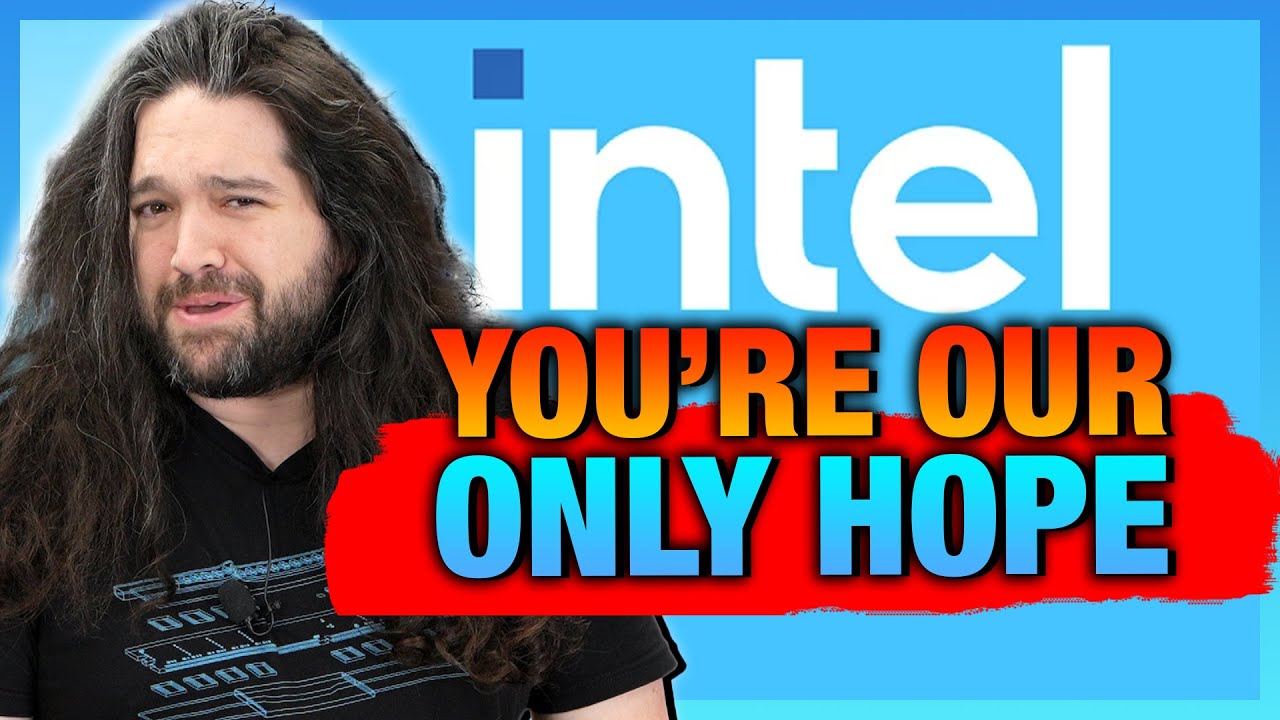The video examines Intel’s challenges in establishing its Arc GPU series amid supply chain issues, production prioritization, and fierce competition from Nvidia and AMD, despite notable performance improvements and a flexible partnership approach. It concludes that while Intel shows promise, overcoming internal struggles and market dynamics is crucial for it to become a serious competitor and drive consumer benefits through increased competition.
The video delves into the current state of Intel’s Arc GPU series, focusing on the challenges the company faces in gaining a foothold in the consumer GPU market dominated by Nvidia and AMD. Intel’s partners report significant supply chain issues, with lead times of up to eight months for the B580 GPUs, indicating Intel’s struggle to meet demand. Despite these hurdles, Intel’s Arc GPUs, particularly the B580, have shown competitive performance against Nvidia’s RTX 560 and AMD’s RX 6000 series in certain games, marking a notable improvement from the troubled launch of the first-generation Alchemist GPUs, which were plagued by driver and compatibility problems.
Intel’s approach to partnerships contrasts sharply with Nvidia and AMD. Intel grants its partners considerable freedom in designing custom video cards, including dual GPU configurations, as long as they handle customer support and RMAs effectively. This openness is a strategic move to encourage innovation and differentiate their products in a challenging market. However, Intel’s partners operate at a much smaller scale compared to Nvidia’s extensive network, with sales volumes for Intel GPUs being a fraction of what established players like EVGA achieved with Nvidia cards in the past.
Production logistics further complicate Intel’s position. Many Intel partners share manufacturing facilities with AMD and Nvidia partners, often resulting in lower priority for Intel GPU orders due to less lucrative contracts and relationship dynamics. This contributes to longer lead times and inventory challenges, with partners struggling to maintain MSRP pricing amid fluctuating demand and supply constraints. Intel is actively trying to manage pricing through incentives to partners, but the market realities make it difficult to keep prices consistently at the intended $250 MSRP for the B580.
The video also highlights Intel’s cautious launch strategy, often delaying product releases to improve driver quality and avoid the software issues that marred the Alchemist launch. While this approach aligns with the philosophy that “late is just for a little while, suck is forever,” it also risks missing market windows dominated by Nvidia and AMD’s aggressive release cycles. Intel’s internal challenges, including talent retention and funding focus, add to the uncertainty about the long-term viability and competitiveness of the Arc GPU line.
In conclusion, Intel’s Arc GPUs represent a promising but uphill battle in a market heavily skewed towards Nvidia and AMD. While Intel has made significant strides in hardware performance and partner relations, supply chain issues, production prioritization, and the need for continued software improvements hinder its ability to scale effectively. The video underscores that Intel must first overcome its internal struggles and establish a solid reputation before it can seriously challenge the entrenched duopoly, with the hope that increased competition will benefit consumers in terms of pricing and innovation.
